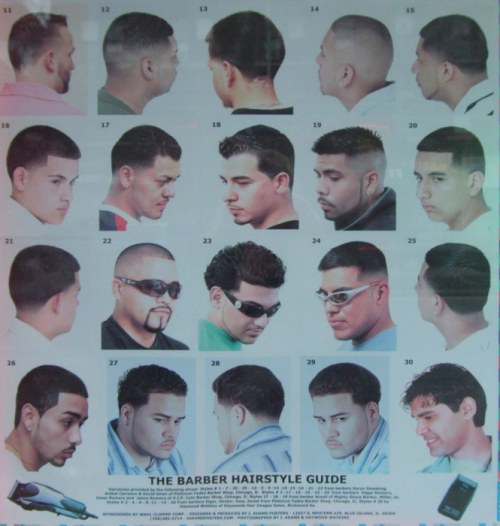Commoditization of everything.
Tool selection is often a difficult process. Manufacturers are keyed on branding, and often use brand terminology to describe what may (or may not) be useful product features. As a customer, a lot of my efforts are spent trying to interpret this information, and cut through the terminology to get to a head-to-head comparison.
Most retailers repeat brand product descriptions verbatim, but McMaster-Carr does customers the service of stripping brand copy and providing only the relevant product features. They even go a step further, formatting those features consistently across product lines.
See the Amazon results for "nailer":
And here, the same search on McMaster:
Amazon's results show four products. Customers can see the brand name, a large color photo, pricing, consumer (star) ratings, shipping availability, and one product feature/description.
McMaster, on the other hand, shows eight products (plus two accessories). Each product has nine features, a price, and a detailed description - including a wide range of associated products (mostly nails, in this case).
Amazon seems to think that what I really care about is the color of the tool and when it's available. McMaster gives me real product data, and their global shipping policies (which are a worth a thousand words unto themselves) give me all the information I need to make a timely decision. While Amazon focuses on brand language - both the manufacturers' (who needs the 9-digit alphanumeric part numbers?) and Amazon's ("Prime"; "#1 Best Seller"; "More Buying Choices") - McMaster focuses on what the tool actually does.
As a consumer, I want to comparison shop by technical product features, so that I can quickly find the right tool for the job.
Brands are beside the point. McMaster commoditizes products, reducing them to the features & methods they use to solve my problems.
